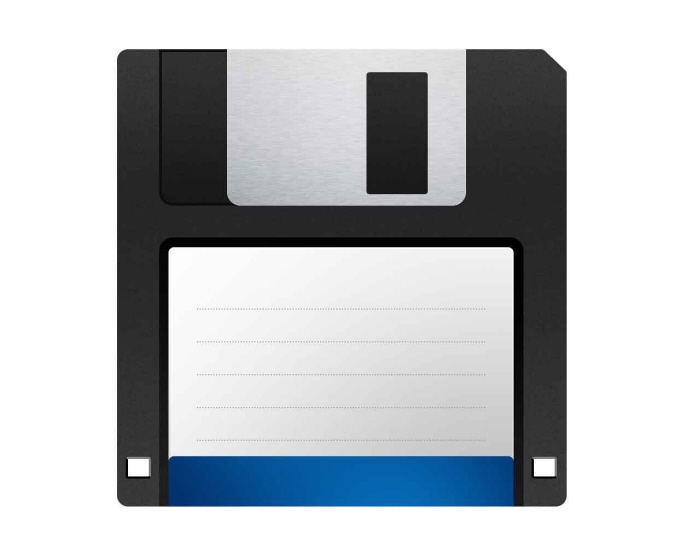


This example performs a full format of the D volume using the NTFS file system and allocation size 8192. Example 4: Full format using NTFS and allocation size 8192 PS C:\> Format-Volume -DriveLetter D -FileSystem NTFS -AllocationUnitSize 8192 Example 3: Format all D drives across a cluster PS C:\> Get-Volume -DriveLetter DĭriveLetter FileSystemLabel FileSystem DriveType HealthStatus OperationalStatus SizeRemaining Sizeĭ Server1 NTFS Fixed Healthy OK 126.76 GB 126.87 GBĭ Server2 NTFS Fixed Healthy OK 126.76 GB 126.87 GBĭ NTFS Fixed Healthy OK 126.76 GB 126.87 GBīe careful, if using this cmdlet on a Windows Cluster, it would format all drives returned by the Get-Volume cmdlet. This example performs a full format of the D volume using the FAT32 file system. Example 2: Full format using FAT32 PS C:\>Format-Volume -DriveLetter D -FileSystem FAT32 -Full -Force This example performs a format of the D volume. Examples Example 1: Quick format PS C:\>Format-Volume -DriveLetter D The data sheet for the Fujitsu MB8877A Floppy Disk Formatter/Controller (FDC) explains this fairly clearly. To create a new volume, use this cmdlet in conjunction with the Initialize-Disk and New-Partition cmdlets. This cmdlet returns the object representing the volume that was just formatted, with all properties updated to reflect the format operation. The Format-Volume cmdlet formats one or more existing volumes, or a new volume on an existing partition. Formats one or more existing volumes or a new volume on an existing partition.



 0 kommentar(er)
0 kommentar(er)
